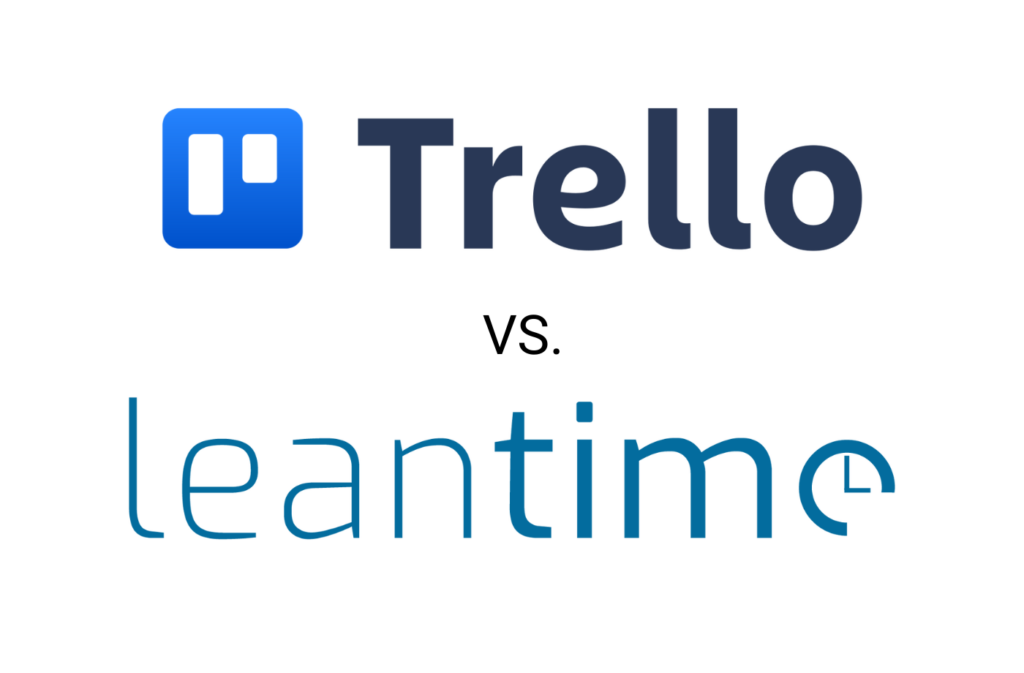What are Cost Structures in the Lean Canvas?

Estimated reading time: 5 minutes
Continuing our journey through the Lean Canvas, we arrive at an element often considered the backbone of any venture: cost structures. It’s more than just tallying expenses; it’s about understanding each component’s role in the bigger financial picture. Through a detailed cost structure analysis, startups can identify opportunities and challenges, ensuring that growth is not only swift but also sustainable. Let’s delve deeper into the components and their significance in shaping a venture’s trajectory.
Table of contents
- What is at the Core of Cost Structures in the Lean Canvas?
- What are the Cost Components in a Startup’s Journey?
- Conducting a Thorough Cost Structure Analysis
- Cost Structures and Their Implications for Startups
- How do Cost Structures Interact with Other Lean Canvas Elements?
- Wrapping Up – How Cost Structures Can Help Startups Balance Their Vision
What is at the Core of Cost Structures in the Lean Canvas?
At its core, cost structures represent all the expenses a startup incurs in its quest to create and deliver value. These are not static figures but dynamic components that evolve with the startup’s growth phase, market challenges, and internal processes. A clear grasp of these cost components is crucial for startups as it influences pricing strategies, scalability potential, and overall financial health.
Understanding and optimizing cost structures is pivotal for any business. The Lean Canvas model guides entrepreneurs in dissecting and analyzing the expenses associated with running their venture. This analytical framework is designed to help startups and established businesses alike to operate efficiently, allocate resources judiciously, and achieve their goals.
Operational costs encompass the expenses related to the day-to-day operations of the business. These could include rent, utilities, technology infrastructure, and supplies. Personnel costs involve salaries, benefits, and other compensations for employees, an integral part of any business. Marketing expenses cover promotional activities, branding, advertising, and outreach efforts to attract customers and generate revenue.
Let’s break down each component.
What are the Cost Components in a Startup’s Journey?
Every startup has a financial blueprint comprising different cost components that dictate its operations and profitability. Understanding these is critical to managing growth and ensuring stability:
- Fixed Costs: Expenses that remain the same regardless of the number of goods or services produced. Examples include rent, salaries, and software subscriptions.
- Variable Costs: Costs that vary directly with the volume of goods or services produced. Examples might include raw materials, manufacturing costs, or commission-based payments.
- Economies of Scale: As production increases, the cost per unit might decrease due to better utilization of resources.
- Economies of Scope: Cost advantages derived from producing a variety of products rather than specializing in just one.
Conducting a Thorough Cost Structure Analysis
Analyzing cost structures is essential for any startup keen on keeping its financial health in check and ensuring its decisions are grounded in real data:
- Itemize All Costs: The first step is to comprehensively list down all the cost components. This includes both obvious and hidden costs, ensuring nothing is overlooked.
- Categorize Costs: Segregate expenses into fixed and variable categories. This will aid in forecasting and budgeting as the business scales.
- Analyze Value: Not all costs are equally beneficial. Assess which costs contribute most to creating value and which might be trimmed without adversely affecting the product or service quality.
- Iterate and Refine: Cost structure analysis isn’t a one-time exercise. Regular reviews help identify inefficiencies, areas for potential savings, and avenues that need more investment.
Cost Structures and Their Implications for Startups

Understanding cost structures goes beyond just knowing where the money goes; it impacts various facets of business strategy, including:
- Pricing Strategy: A comprehensive grasp of cost components directly influences how a startup prices its products or services.
- Scalability Insights: Recognizing which costs increase with growth (and at what rate) helps in preparing for scale and ensuring profitability at higher volumes.
- Risk Management: Identifying fixed costs, especially those that are high, highlights financial vulnerabilities in times of low sales or revenue.
- Investment Decisions: Understanding costs aids in determining where to invest further. Should the startup invest in automation to reduce variable costs in the future? Or perhaps, in training, to increase efficiency and reduce mistakes?
By thoroughly assessing and fine-tuning the cost structures using the Lean Canvas model, businesses can optimize their financial resources, focus on value-adding activities, and streamline operations. This enables them to achieve a sustainable competitive advantage and thrive in a dynamic market.
How do Cost Structures Interact with Other Lean Canvas Elements?
Cost structures, while distinct, are intricately linked with other components of the Lean Canvas, such as:
- Value Proposition: The costs of delivering this value are directly reflected in the cost structures. A high-quality offering might come with increased fees, necessitating higher pricing or more efficient delivery mechanisms.
- Channels: Different distribution channels might come with varying costs. For instance, direct sales might save on retailer commissions but could incur higher marketing or logistics expenses.
- Revenue Streams: The chosen revenue model can influence costs. Subscription models might have higher customer acquisition costs but lower costs for retention.
Wrapping Up – How Cost Structures Can Help Startups Balance Their Vision
Ultimately, in Lean Canvas, “Cost Structures” are the practical counterbalance to your vision as a startup founder. By carefully understanding, analyzing, and optimizing your cost components, you will not only lay the groundwork for financial health, but you will also equip yourself with insights to navigate the difficult terrain of the business world. As with all elements of the Lean Canvas, it is the continuous iteration and refinement of your cost structures that will enable your startup to remain agile, lean, and poised for success.
In conclusion, the Lean Canvas model is a powerful tool that demystifies cost structures, enabling businesses to achieve their objectives and efficiently manage their resources. Entrepreneurs embarking on their business development journey should embrace this model to craft a robust business plan, specifically focusing on cost structures to pave the way for long-term success.
1Explore More About Lean Startup Philosophy At Leantime, we’re passionate about helping you navigate the world of entrepreneurship and innovation through the lens of the Lean Startup Philosophy.
If you’ve found this article intriguing and insightful, you’ll definitely want to check out these recommended reads to dive even deeper into the world of Lean Startup:
Lean Business Solutions
Open source Idea Management Software: The best thing you can do for innovation
Communicating Business Development with the Lean Canvas
Maximizing Project Value with Leantime’s Lean Canvas Template




